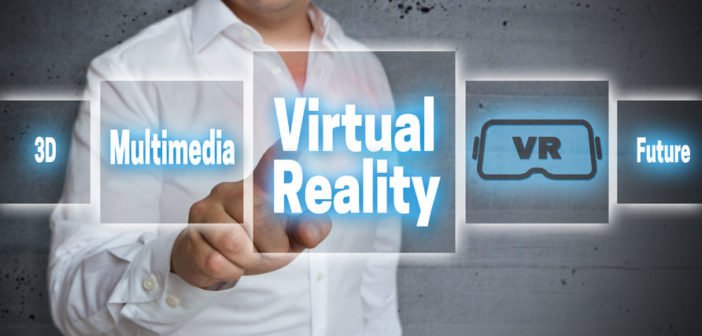If there is any market which is untapped as of now in the world, it has to be virtual reality applications. VR has a vast potential and the scientists are looking forward to greater capabilities. Right now the VR headsets are ruling the market, thanks to some aggressive marketing done by Facebook, Google and Sony. Even VR gaming has gained traction in 2016 with Sony introducing PlayStation VR in October, and we are heralded to see more development from this field in the new future.
Challenges in VR applications
Some tech gurus argue that VR hasn’t really reached the heights in the market it should have reached. Burning tad bit of the pocket, these highly-priced VR devices need to cut down the costs to become popular in Asia. Asia has a huge market which proved to be the biggest buyers for major releases. Secondly, the utility is very limited. You will need a high-end computer or any device to sync in with your VR sets, which is a headache for those who asks for ubiquitous and user-friendly technology.
Looking at the challenges, the responsibility to develop more popular VR technology not only lies on VR developers but also on software, app developers and hardware engineers. A sound VR platform integrated with people’s everyday devices will ensure that they are having an immersive experience in every aspect: maybe checking out the handbag in online shopping, walking through the ruins of Machu Pichu or even being able to swoosh their light sabers in the next Star Wars installment!!
New concepts in VR application
While the developers are looking forward to bring the virtual reality concept in TV viewing experience as of now, the scientists are re-thinking the future of VR. Nanotech VR is what will blow our minds with its immense capability to give a telepathy-like experience in the future. The concept is based on similarity of our brain’s nervous circuitry to your conventional device circuitry, where electrical signals carry the required message to be transmitted.
What VR will be looking to achieve, is to abstract a part of the brain which is related to perception and download it as a part of computer software. This is how we can exactly put our thoughts and imagination and make the audience visualize our interpretation. Similar to telepathy, the future Steve Jobs won’t have to deliver his keynote through words or actions, but through the visuals he creates in his mind. This will have a widespread application in the field of AI, where we can create humanely intelligent devices and software with our intelligence as downloadable software. So you can instruct your car to reach to a specific destination, ask your robotic vacuum cleaner to clean your room, or even read others’ minds too!
Conclusion
VR is still a nascent concept for the audience, and 2016 is the slowest VR devices will ever see in terms of development. With more people opening up to this technology and its immersive experience and great visual capabilities, VR is surely going to expand in a market full of tech enthusiasts. It won’t be long before the proposed concepts are right in our hands (or heads for that matter) and we get to experience the best the world of gadgets has to offer.




